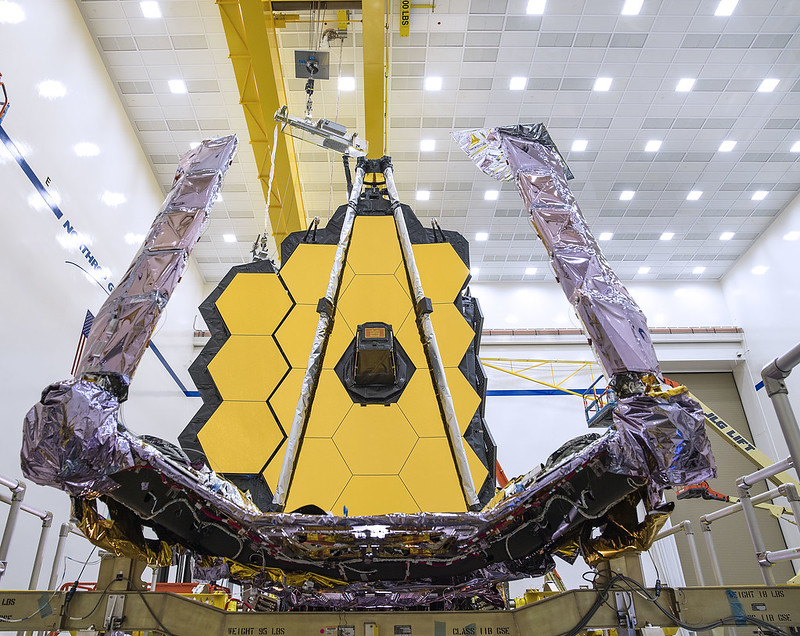 Scott Willoughby ’89, did not grow up obsessing about space.
Scott Willoughby ’89, did not grow up obsessing about space.
“I really didn’t,” he says. “I liked space. I watched Star Trek. But when I went to school to be an engineer, I wasn't destined to be in space. I really just liked solving problems and solving problems seemed akin to being an engineer.”
As vice president and program manager for the James Webb Space Telescope program at Northrop Grumman, Willoughby has spent the last 12 years leading the team that systematically solved some of the most complex engineering problems ever encountered: they had to build a telescope with mirrors big enough to catch the light emitted from stars more than 13 billion years ago; the instrument had to operate at -400 degrees Fahrenheit to see infrared light; and it all had to be folded up like origami, tucked into a rocket, then overcome nearly 300 points of failure to unfold properly in space.
In an extraordinary feat of ingenuity and innovation, Webb launched on Christmas Day and successfully deployed over a two-week period.
“Never in the history of humankind has an invention had to go into space, and have to get built up as it traveled,” says Willoughby. “It was amazing how flawless that went. But it took us 20 years to make that work.”
In this episode, Willoughby explains why telescopes are referred to as time machines, how his team solved Webb’s biggest engineering problems, and where technologies and innovations spawned from Webb’s development are being used on earth today.

